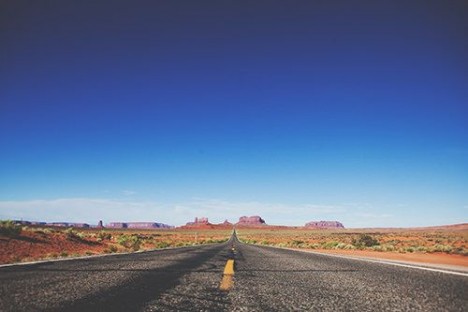It’s a simple idea, but one that intuitively gels: Navigating without technological aids like Google Maps or Navman works an important part of the brain associated with a sense of self. Finding where you are helps you find yourself, says a study from Sweden’s Karolinska Institutet.

It goes like this:
Exerting ourselves spatially, extending ourselves to have a better sense of our relative relationship to the world connects us with the part of the brain that craves to know where we are and, thus, who we are.
My take is that the more we work this muscle, the more we get a sense of where and who we are. So often with matters of the mind, mere striving is enough. It plonks us on the path and then “life” takes over from there.
For me, bike riding and hiking totally connect me into myself. They’re instant techniques for this. I reckon it’s in part because of the “finding where you are” inherent in these activities. When you hike and bike, you’re constantly working your internal navigation skills. You’re alive to the place, the direction you’re moving in. You’re not blindly, numbly following, skimming the surface of the experience of getting from one place to another. You can almost feel the process using your brain in a primordially satisfying way and you get closer to yourself and to life.
It’s like fending which I’ve written about before: by activating and striving you “fire up”.
You can also read a little more about the notion in this article in The New Yorker: Finding The Way Back.
An idea: Try crossing town to a meeting without your phone, just head in the general direction. Be bold. Take the risk and see how you fend. Tell me how it goes…

